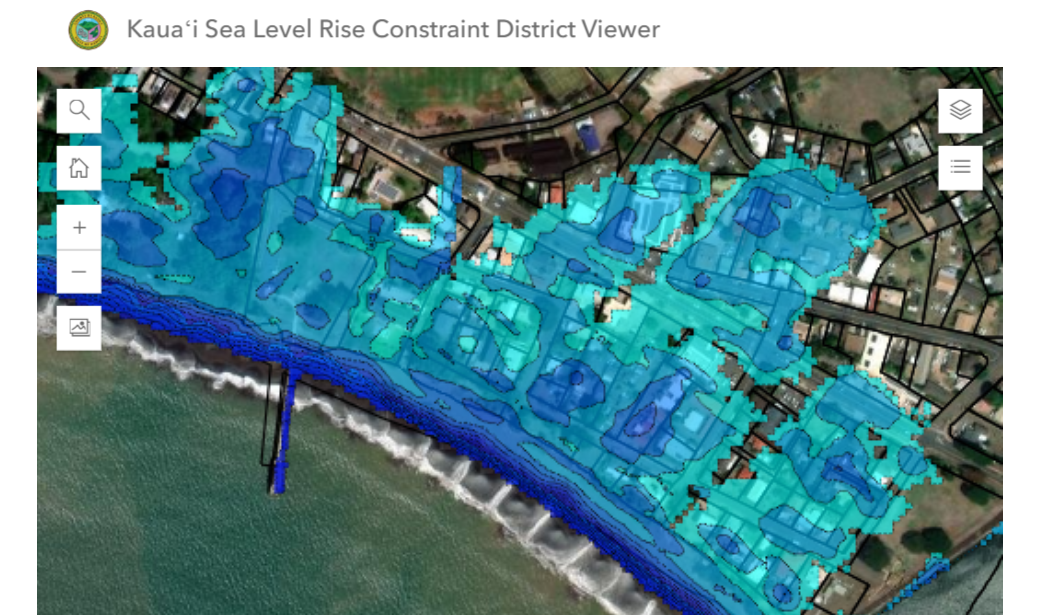- May 7, 2013
We were recently able to get in touch with Paul Vitro, Emergency Management Coordinator for Miami-Dade County, as well as Steve Luis, Director of Technology and Business Relations at Florida International University’s School of Computing and Information Science, two of the guiding forces of the Business Recovery Information Network (BCIN). This five-year-old partnership has been bringing together government and university resources to produce technologies to help the public and private sectors communicate better in times of disaster, increase information sharing and validity, and help improve decision-making.
Just as connecting with FIU has helped expand the department’s capacity, building relationships between the public and private sectors is the focus of the work Vitro and his department are doing. During and after disasters businesses and the government share the same goals: keeping things operating as close as possible to normal and then getting the community up and running again. So, it makes sense that both sectors should be working together. In times of emergency there is an incredible amount of information flying around, and in the age of big data and social media that volume has grown exponentially. But the key for all parties is making decisions on validated information that has been culled from the stream and made relevant and actionable, enabling quick and cooperative decisions.
As Paul says, “Disaster doesn’t stop at geographic lines.”
For example, if a potentially destructive storm is making landfall, a big company like a bank needs to both help its employees stay safe by ending the day early and also continue to supply vital services to the community for as long and as safely possible. At the same time, schools may be releasing students early, whose parents might work at this same company and need to leave early to care for their children. Sharing and validating information can help determine the estimated time of landfall and coordinate all decisions made by each part of the community, like helping parents leave work at the right time to meet their children and batten down the hatches together.
The Business Continuity Information Network has been working to integrate each of these sectors, and is set to launch a new dashboard to coordinate decision-making not just within Miami-Dade County but also between Miami-Dade and the neighboring Monroe, Broward, and Palm Beach counties. As Paul says, “Disaster doesn’t stop at geographic lines,” as businesses most often have interest in multiple communities, and citizens work, go to school and live across the region as well. So it makes sense that data and information should be shared across communities, bringing about increased efficiency, building social capital, and increasing speed and confidence in decision-making. Ultimately, this is the most crucial factor in keeping a weather event from becoming a disaster. Communities must respond in a united way, avoiding piecemeal efforts that may not pan out, wasting resources and eating away at the investor confidence vital to rebuilding quickly.
Despite the usefulness of BCIN, there are still a number of challenges the department has faced in getting the program up and running, and in keeping businesses’ interest from waning as years may go by without a major storm. The department isn’t only responsible for helping the community face a storm, but must itself face the danger of complacency every day. The destructiveness of the 2004/2005 hurricane season helped rally interest and gave the government huge traction with private sector companies. But without a recent destructive hurricane season, government expenditures have been cut under budget pressures, and business have cut those employees who may not be directly bringing in revenue now - their business continuity professionals whose work can keep a storm from becoming a real disaster with long-term implications.
Data is great, but the channels through which information is passed - their scalability, credibility, and timeliness - are key to turning data into something that is actionable.
Until recently the Emergency Operations Center rightly kept one seat in their office filled by a member from the business community - an employee volunteered from a local business - to keep this vital sector involved and physically immediate to the decisions being made. That company was no longer able to financially bear this cost, and so the seat has been temporarily filled by in an in-house representative from the economic development department. However, Vitro and his team are currently working to create a non-profit corporation with the business community, a public private partnership run by the private sector with support from the public to fill that seat. This way, responsibility is spread more evenly within the business community, and this vital position is better isolated from budget cuts and a single company’s bottom line. A number of businesses have committed to the cause, and the plan is to place an executive director in charge to continue to build relationships and get other major-decision makers involved.
Continuity and growth have been challenging, but the changes to the program and its staffing should help make these more predictable and constant, as well as assist the expansion to surrounding counties. Data is great, but the channels through which information is passed - their scalability, credibility, and timeliness - are key to turning data into something that is actionable. BCIN shows that oftentimes the ways to leverage data for emergency management are pretty old-fashioned and human-centric: building relationships and giving them the tools and structure to ensure their usefulness in times of disaster.




